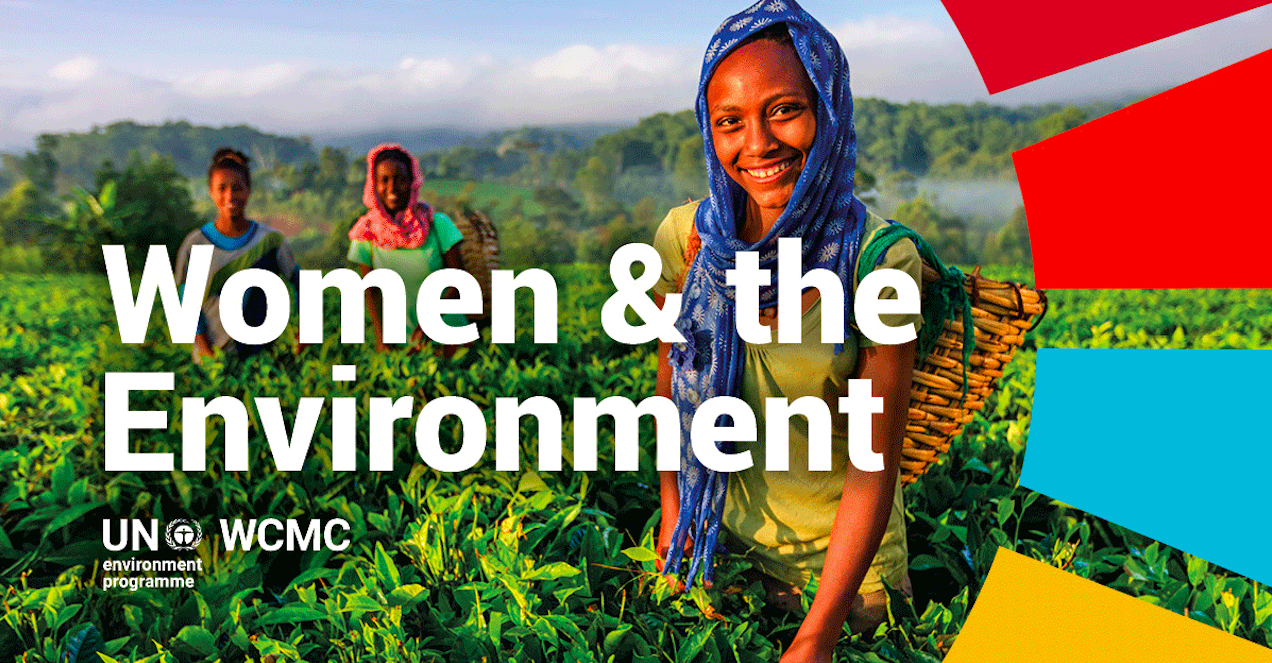What does a Green School look like? It starts at home.
The goal is to reduce the school's 'ecological footprint', sometimes called the 'carbon footprint' . This mostly comes down to finding ways to reduce waste. Individuals' decisions have a strong influence on waste and, therefore, green schools actually begin at home. For example, many schools encourage trash-free lunches – this doesn't mean removing the single-serve yogurt from its original container and putting it in a different one. Instead, it can be teaching your child why giving them a reusable, earth-friendly bottle of water is a better option than a juice box or carton, or why your child should bring home the sandwich container to wash and re-use.
Other choices that begin at home include: carpooling wherever possible, handing down school uniforms, turning off lights and air-conditioners, correctly identifying recyclables in trash and separating them for appropriate disposal bins. These are all resource-conserving habits that will have an impact on a school.
The Teacher-Parent partnership is also important for connecting children to the environment as students can see how their own choices make an impact. For instance, establishing a butterfly garden, orchard, or vegetable garden, and using composted scraps from kids' lunches can reap great rewards. The Department of Parks can often help a school establish a school garden while Tulo Valley Nursery or SOS (Save Open Spaces) serve as great resources for plants.
School policies
What happens when children enter the classroom? Every school has a non-smoking policy so the same should apply to other environmental pollutants. A comprehensive Indoor Air Quality (IAQ) policy should include not only second-hand smoke but other sources of air pollution, including cleaning and pest control products. Green cleaning products are often based on natural solvents, such as eucalyptus or citrus, and have a low impact on both the environment and IAQ. Avoid ammonia or bleach, both which are IAQ concerns and environmental red flags. Cleaning procedures can be re-assessed - try dusting with microfiber cloths or mitts rather than using sprays and paper towels. The students often enjoy using the mitts (some of which contain silver, a natural anti-bacterial, which will save on sprays). If you want to cheer up a classroom, plants improve both the air quality and overall look while serving as a great teaching tool.
Pest control may not sound like a 'green' issue but staff and students often unwittingly cause pest issues, which are often then addressed with toxic sprays. Having a daily or weekly routine in the classroom to clean out desks, bags and lockers will often unearth sandwich scraps, apple cores or empty snack bags -- all of which are accompanied by an entourage of bugs and cockroaches. Other ways to decrease cockroaches -- turf out those old textbooks or art supplies. Old furniture or rugs from home make a classroom feel more inviting but they are often the source of mold and mildew smells. Unfortunately, covering up these smells with a candle or plug-ins is another source of environmental pollutants. The charitable organization, Open Airways, have found that these plug-ins can trigger asthma attacks, and they recommend not using them.
Other school policies to consider are 'green' school events. PTA fundraisers and sports day tuck shops should consider alternatives to polystyrene plates and cups. Complete your fundraising by selling reusable, earth-friendly coffee cups or bottles, provide sugarcane or other natural product plates. Or really spread the message and ask people to bring their own containers!
Another great partnership between parents and schools is for school supplies; most of which are available from sustainable sources. Schools could adopt a 'sustainable supplies policy' and partner with local companies (who have constantly expanding inventories of green products) to encourage parents to purchase 'green' supplies – for example, 'Post-Its' come in recycled paper with vegetable-based glue, pencils come in recycled fibre and plastic pencil-cases come in biodegradable plastic – or simply recycle last year's!
School Infrastructure
A school community can adopt other 'green' practices without major infrastructure changes just by asking school Facilities staff to examine current practices. Is the paint used to touch-up classrooms low-emission paint? Are hot water heaters on timers so they are not providing hot water all night? Are security lights on motion detectors so not continuously burning energy? Are windows operable to take advantage of natural ventilation? Are fans used (and turned off)?
A great PTA project is to replace the school's hot water heaters, particularly in gyms and changing rooms, with solar hot water. Most hot water is used at school during the day when the sun is shining (most of the time in Bermuda). A solar hot water system generally costs between $5,000 -- $10,000 and can take the electricity bill for heating water down to zero.
A school's grounds are another place to look for positive environmental impact. Tree planting takes work but lasts longer than shade structures. Planting trees strategically to shade South and West-facing classroom walls and windows can significantly reduce a school's air-conditioning bill. Deciduous trees will allow the sun to warm up classrooms in winter.
Solar or wind power is worth considering but is a major project with significant up-front expense. I would always encourage schools to consider a solar electricity installation, as school buildings require most of their air-conditioning while the sun is shining. It also provides energy security (in the event of hurricanes and blackouts) and guaranteed savings in electricity costs over time.
What is happening at schools in Bermuda?
Every school I have seen in Bermuda has a good sense of environmental awareness. A visit to the Annual Agricultural exhibition highlights school gardens, terrariums and environmental education. I recently assisted a school which conducted a trash audit to encourage students to create less waste. Many schools help in litter clean-ups or other environmental projects. I am constantly impressed by the level of awareness and commitment from Bermuda's school children, who form eco-clubs and take action in and outside of their schools.
The environmental curriculum in most schools is already good, and in addition Bermuda schools have access to wonderful institutions that offer knowledgeable field trips with inspiring staff (for example the National Trust, and the Bermuda Aquarium Museum and Zoo are fantastic resources). The next step for a school community is to link environmental learning with daily living to make a green school – and a green home. And this is up to all of us.




